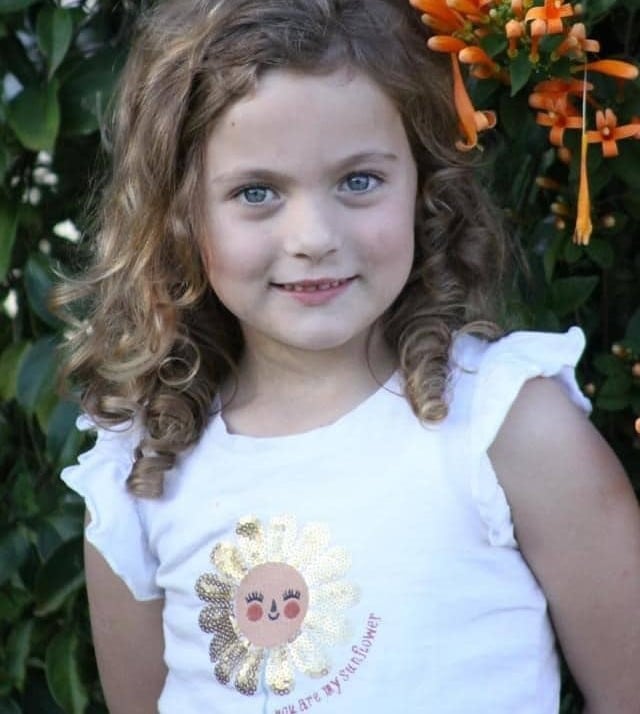Epilepsy and language development in children
Context
Previous studies have estimated the incidence of Autism Spectrum Disorder (ASD) to be 17%-61% in children with TSC, and the incidence of epilepsy to be 70%-90%. Several studies suggest 60%-80% of people with TSC experience their first seizure within the first 3 years of life. Early-onset epilepsy has been shown to elevate the risk of cognitive and developmental disorders. Several researchers have shown that standardised developmental scores are better in toddlers with TSC without epilepsy than in toddlers with TSC with pharmacologically controlled epilepsy.
About this study
This research assessed language development in 61 infants and toddlers who were 8-36 months old and had increased risk of ASD due to TSC and related epilepsy co-morbidities. There were 28 girls and 33 boys across 2 major paediatric hospitals in Warsaw, Poland. All had a positive diagnosis of TSC.
The study included:
- 27 children who were treated conservatively (given antiepileptic treatments after the onset of clinical seizures)
- 24 who were treated preventatively (given antiepileptic drugs after the onset of abnormal EEG activity but prior to the first clinical seizure) and;
- 9 who were not treated due to a lack of abnormal EEG or onset of clinical seizures.
None of the children were treated with epilepsy surgery. Five children had TSC1, 18 had TSC2 and the genetic alteration was unknown or undisclosed in the other 38.
How the study was conducted
Language development was assessed using a standardised Speech Development and Communication Inventory tool and parent report questionnaire based off the modified Early Childhood Epilepsy Severity Scale (E-CHESS).
Outcomes of the study
In this study, the lowest developmental scores were found in children with drug resistant epilepsy. This indicates a significant correlation between effectively treating epilepsy and the neuropsychiatric development of children with TSC.
The researchers found 26% of the children were high risk delayed language development (HR-DLD) based on gestures, 53% were HR-DLD based on receptive vocabulary and 37% were HR-DLD based on expressive vocabulary in the 19-36 months age group. They found the highest-risk group for language development occurred in the children taking 2 antiepileptic drugs, with better results in the group taking 1 antiepileptic or no drugs. They also found higher risk of delayed language development in the group with seizures lasting more than 6 months, versus those lasting less than 6 months.
Implications of the study
The study shows the duration of seizures may critically impact the development of expressive vocabulary and that achieving rapid remission of seizures may be pivotal for speech development in children with TSC. This evidence supports other studies that have found that early introduction of antiepileptic treatment results in better developmental outcomes, less frequent diagnosis of intellectual disability/ASD and a higher frequency of remission of seizures.
Limitations of the study
The study had a small sample population and relied on the subjective evaluation of epilepsy by parents. The authors also only examined linguistic development at one particular time point. Further research including longitudinal research is needed.
Why this study is important
This study is significant because there are few studies that examine the impact of epilepsy on language development in young children with TSC and this is the first to include non-verbal communication as a measure of language development. Additionally, this is the first language development study to include preventatively treated children (those who have had EEG changes but no clinical seizures and are being treated with antiepileptic drugs).
Foryś-Basiejko, M., Kotulska, K., Maryniak, A., Siłuszyk, A., Szkop, M., Borkowska, J.,Sugalska, M., Głowacka-Walas, J., & Jóźwiak, S. (2022). Epilepsy and Language Development in 8–36-Month-Old with Tuberous Sclerosis Complex. Journal of Clinical Medicine, 11(15), 4564.
Abstract and full article available at https://doi.org/10.3390/jcm11154564
DISCLAIMER
This information is intended to provide some insights into recent TSC-related research. It is not intended to, and it should not, constitute medical or other advice. Readers are warned not to take any action without first seeking medical advice.

